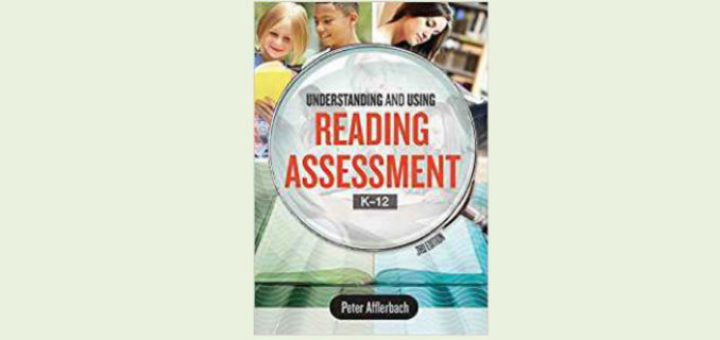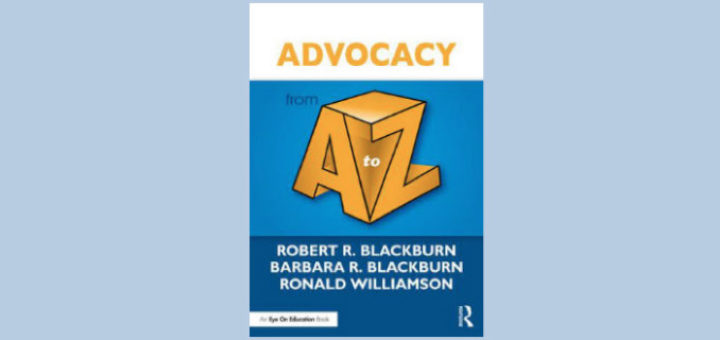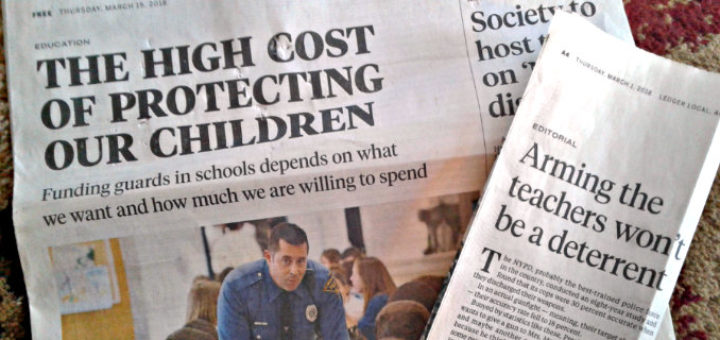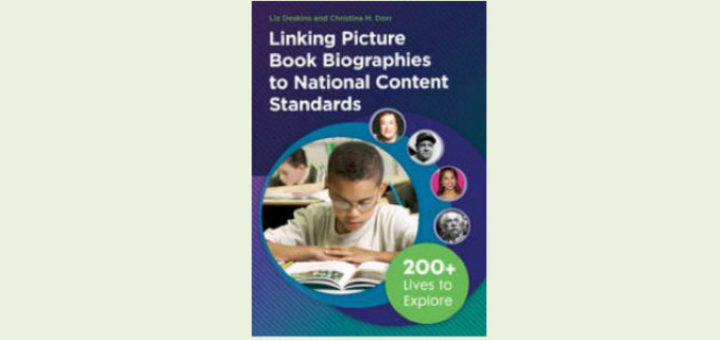Teaching and learning in grades 4-8
Why do middle school students study The Great Depression? What do we want them to learn and understand about this period in American history? Media literacy expert Frank Baker offers a wealth of teaching ideas tied to the novel The Grapes of Wrath and its film treatment.
If ever there was a time to think about how to prepare our students for the larger stage of the public civic sphere, it’s now. Teacher Kevin Hodgson interviews author and educator Steven Zemelman who has been working with teachers to move kids from inquiry into action.
Picture Rita Platt standing still in the school lunchroom, full tray in hands, skirt around her ankles. For real. After 20 years as an educator, she takes humiliation in stride, mostly. Find out her tips for damping down ego and building community at the same time.
The wonderful thing about teaching is there’s always more to learn. History teacher Michael DiClemente has been looking into reading (which his students do lots of). Peter Afflerbach’s Understanding and Using Reading Assessment has him rethinking his classroom practice.
Take an alphabetical tour through advocating for your school in this new book from Robert Blackburn, Barbara Blackburn and Ronald Williamson. Former principal Mary Langer Thompson shares the highlights and suggests the book can be most helpful in ed leadership classes.
After helping a co-teaching team talk through their student engagement challenges, coach Elizabeth Stein shares some of the guiding questions that helped the two teachers unpack their differing goals and philosophies and begin to find ways to reach more students.
How do we help our learners apply fiction to real life challenges like school shootings? Maybe, writes Mary Tarashuk, by sharing our own experiences and helping them see that, as Pax’s author says, “Just because it isn’t happening here, doesn’t mean it isn’t happening.”
Mathematics author and consultant Jerry Burkhart is back with more ways to get students excited about the magic of numbers and ready to become “adventurous learners.” His interactions with a middle grades enrichment class may spark engaging ideas of your own.
Teacher think alouds are great for grades 4-8, says author Molly Ness. “The goal is to provide less savvy readers with a play-by-play of what you – as a skilled reader – think while reading.” The secret is planning. They may sound spontaneous to kids but need to be choreographed.
Picture book biographies can help students understand others’ perspectives and problem solving strategies. Teacher Joanne Bell recommends Deskins and Dorr’s take on aligning these science, social studies, and arts biographies to national content standards.







































